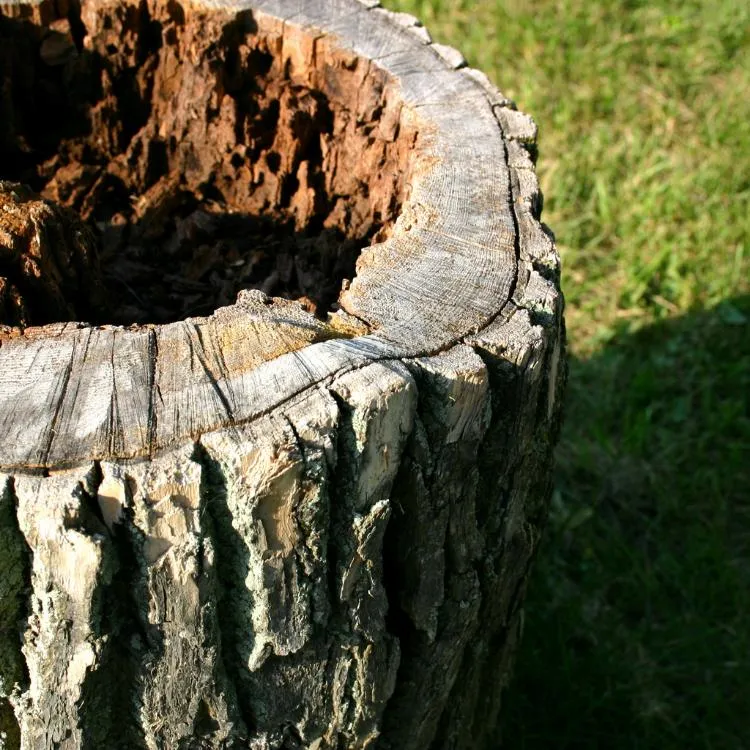Tree Relocation

Tree Relocation
Sometimes pruning, trimming or general tree care alone are not enough. There are occasions when it is either necessary or desirable to move a tree altogether, for a multitude of reasons. Let’s take a look at some of those.
There are many reasons why you may need to relocate a tree in your garden. They could be diseased, dying, or simply too large for the space they are in. In some cases, trees can become dangerous and there may not be any alternative but to have them removed altogether.
When is it necessary to relocate a tree?
Before attempting to relocate any type of tree, you should be sure you have a good reason for wanting to do so. As well as being impractical in most cases, moving or severely altering the position of certain trees when they are extremely young could also cause them long-term problems by restricting their future growth and development.
Be realistic about what you want from your garden and where your existing structures lie before deciding whether or not a particular tree can stay where it is or needs to be moved. When relocating a larger tree that has already established itself in a given space over several years, it can be extremely difficult and costly.
Trees that grow tall and wide very quickly such as willow or poplars are often better off being removed entirely if they are in the wrong spot, rather than relocated to another part of your garden and left to try and adapt further down the line. They simply won’t have enough room to breathe and will become unhealthy over time. If you must relocate a tree that is growing too large for its current space, then you should look into pruning or root reduction techniques (see below) to make it more suitable for its new home before attempting any type of major relocation yourself.
Deadwooding
Before removing a tree for whatever reason, always check where power lines are in the vicinity and also which direction the prevailing winds come from. If a strong gust of wind does happen to blow at the same time you are removing a tree or during transportation, it could easily break off branches or even cause damage to nearby buildings. This brings us nicely on to deadwooding.
Deadwooding is a technique that can be used to salvage trees when they have been weakened for whatever reason by removing larger dead or dying limbs from their structure before attempting any kind of relocation process. Once deadwooding has been completed, extra care should be taken when carrying out other types of work such as root pruning, crown reduction and chemical treatments.
For any tree care work you may have done, don’t forget to take photos of your tree before and after any work has been completed. This way you can compare one set with the other to see the kind of results that were achieved. You should also keep records of all travel miles for each project, along with details on how long it took to complete a task.
Remember, if you are in doubt at any point during the process of relocating trees, always contact a professional tree care company such as Brooklyn Tree Service Pros who can advise you further on any steps you need to take. Call us today at (347) 801-8724!

Root overgrowth
One of the main reasons you may have to relocate a tree is because its roots have grown too large for their designated space. Even when your tree is smaller, it can start causing problems if its roots are growing near your lawn or driveway and causing damage. Worse still, overgrown tree roots can come up through the floors of your house, causing damage that is extremely expensive to remedy.
If this is the case, then there are several strategies you can use to reduce the size of your trees root system before attempting any type of relocation project.
These include pruning (see below) and chemical treatments. When using chemicals in combination with other techniques like root reduction, always follow the manufacturer’s instructions carefully and wear protective clothing when applying them in case they come into contact with skin or eyes.
Take 10% Off Any Job Over $5,000
Our work is guaranteed to satisfy.

Get a free quote
Fill out the form below to request a free consultation
© Copyright 2025 Brooklyn Tree Service Pros. All Rights Reserved.
Terms & Conditions | Privacy Policy

